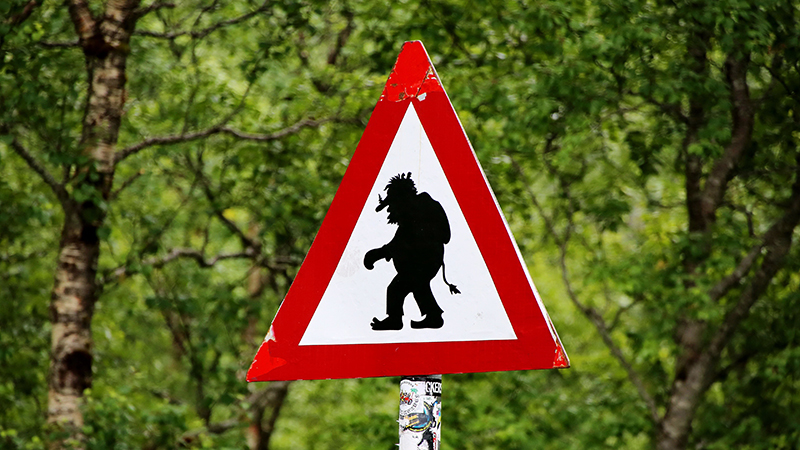Don’t read the comments. That’s a piece of advice I give to most of my clients when they’re featured in the media. Because at some point, when you put your head above the parapet, somebody is going to take a shot at you. And usually it is not worth engaging with them in public. You had your say in the article. Now have a cup of tea and move on. You won!
At the same time, I DO encourage people to engage with commenters if they’re trying to build a discussion. It’s particularly important on LinkedIn if you’re trying to build “thought leadership.” This would be part of your communications strategy. Your goal is to reach new audiences. Then drive views to your page, up your followers, and increase interest in your work. The problem is that even on LinkedIn, people will come at you with some outrageous comments. They’ll try to get under your skin. Even though their name and photo and workplace are public.
Case in point. Last week I dabbled in a bit of thought leadership on LinkedIn. I wrote posts in response to trending topics about:
- being a male ally to women in the workplace;
- pricing one’s services and negotiating as a freelancer;
- flexible working and being a new dad.
The posts received 40,000 views and hundreds of likes and comments. They generated 385 profile views, or a 4,000% increase on the previous week. Somebody asked me to write a blog for an organization doing diversity in engineering. I’m also now working with a trainer focused on building awareness of implicit bias. And best of all, a friend of mine texted me to say he’d noticed: “You’re LinkedIn famous.”
🤣
At the same time I got trolled quite hard. One guy said my posts were “the biggest load of cr*p I’ve ever read.” And one guy who described himself as a “heterosexual Christian from Texas” came at me hard. I’m not going to repeat his opinions here but you can check them out for yourself if you like. Or imagine their general tenor.
When I worked at newspapers I learned, sometimes the hard way, that you can’t feed the trolls. The only way forward is to deprive them of oxygen and move along. But on LinkedIn, dealing with “trolls” is a little tricky. Particularly because the definition of a troll is anonymity. So instead of ignoring some of these folks, as I would if I were being trolled from the shadows, I engaged.
“Thanks for commenting,” I wrote. “While we may disagree on what you’ve written, I appreciate you weighing in on these issues.”
And I encouraged them to take a couple of implicit bias tests courtesy of Harvard. Which they resisted. Why would they trust Harvard to be the experts on this stuff, they asked? And at that point, I figured I’d spent my two cents, so I held off. Plus their opinions sorta spoke for themselves.
For me, the goal was to set the boundaries on the discussion. I was saying, “I started this conversation, and I’m not saying you shouldn’t be part of it.” But I did encourage them to explore some of the issues we’d raised in the conversation. I also suggested they ask some of the women they work with about the impact of their opinions. Rather than shut things down, it encouraged other people to weigh in. I’m not saying all the comments were superb. Some were almost illegible and pretty hateful. But above all I’m pleased that we managed to create a civil-ish arena for discourse. And that I stood my ground on some controversial issues I care about.
How well prepared are you to “step into the arena” and defend your views? What will you do when people start trolling you? These are some risks to manage as your communications become more high-profile and you engage broader audiences. I’d be glad to help you think through the experience, if it might help.


